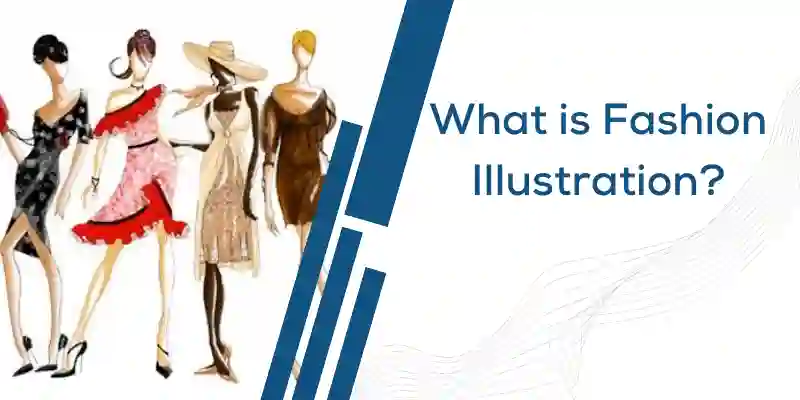
Drawing Gender-Fluid and Non-Binary Fashion: Inclusive Ideas
Fashion is a dynamic and ever-evolving form of self-expression, and in recent years, it has taken significant strides towards inclusivity and diversity. One of the most notable movements in the fashion industry is the rise of gender-fluid and non-binary fashion. This revolutionary shift challenges traditional gender norms and embraces a spectrum of identities. In this article, we’ll explore the world of gender-fluid and non-binary fashion drawing, highlighting inclusive ideas and celebrating the individuals who are redefining the boundaries of style.
1. The Evolution of Gender-Fluid Fashion:
Gender-fluid fashion is not a new concept, but it has gained increasing recognition and acceptance in recent years. This movement seeks to break free from the confines of traditional gender roles and offers a platform for self-expression regardless of gender identity.
2. The Power of Fashion Sketches:
Fashion sketches are a powerful medium for exploring gender-fluid and non-binary fashion. They provide a canvas for designers and artists to challenge stereotypes, experiment with aesthetics, and create clothing that celebrates diversity.
3. Breaking Stereotypes:
Gender-fluid fashion sketches often challenge stereotypes associated with clothing. For example, a sketch might feature a person wearing a combination of traditionally masculine and feminine garments, demonstrating that clothing is not bound by gender.
4. Embracing Androgyny:
Androgyny is a central theme in gender-fluid fashion. Fashion sketches can capture the beauty of androgynous individuals, showcasing hairstyles, clothing, and accessories that blur the lines between masculine and feminine attributes.
5. Silhouettes and Shapes:
Gender-fluid fashion explores a wide range of silhouettes and shapes. Sketches can depict individuals wearing clothing that complements their body shape while defying conventional gender expectations.
6. Playing with Colors:
Colors play a vital role in gender-fluid fashion. Sketches can incorporate vibrant palettes, pastels, neutrals, and a multitude of shades that reflect the diverse identities of individuals who embrace this style.
7. Fabrics and Textures:
Fashion sketches should pay attention to the choice of fabrics and textures. Clothing in the gender-fluid realm often includes flowing fabrics, tailored suits, velvet, lace, leather, and more. These textures contribute to the overall aesthetic and feel of the design.
8. Accessorizing Creatively:
Accessories are a crucial part of gender-fluid fashion. Sketches can explore accessories like scarves, hats, jewelry, bags, and shoes that complement androgynous and non-binary looks.
9. Inclusive Runway Models:
Fashion sketches should celebrate a diverse range of models who represent the broad spectrum of gender identities. Inclusivity in fashion extends beyond the garments themselves and includes the models who showcase them.
10. Celebrating Cultural Influences:
Gender-fluid fashion is influenced by a multitude of cultures and traditions. Sketches can depict clothing that draws inspiration from various cultural backgrounds, creating a fusion of styles that is both unique and inclusive.
11. Sustainability and Ethical Fashion:
Many gender-fluid and non-binary individuals are passionate about sustainable and ethical fashion. Sketches can showcase designs that embrace eco-friendly materials, upcycling, and ethical production practices.
12. Tailoring for All Bodies:
Gender-fluid fashion does not discriminate based on body type. Sketches should reflect this inclusivity by depicting clothing that is tailored to a diverse range of body shapes and sizes.
13. The Power of Individuality:
One of the central tenets of gender-fluid fashion is celebrating individuality. Fashion sketches should emphasize that there is no one-size-fits-all approach; each person’s style is a unique expression of their identity.
14. Influencing Mainstream Fashion:
Gender-fluid fashion is not confined to a niche. It has the power to influence mainstream fashion, challenging the industry to be more inclusive and adaptable.
15. A Movement of Empowerment:
Above all, gender-fluid and non-binary fashion is a movement of empowerment. Fashion sketches should convey the sense of freedom and confidence that individuals feel when they can express themselves authentically through clothing.
In conclusion, fashion drawing for gender-fluid and non-binary fashion is a celebration of diversity, individuality, and self-expression. It is a reflection of a society that is becoming more accepting and inclusive, where clothing is a canvas for personal identity. Fashion sketches are not just illustrations; they are statements of liberation and a celebration of the beautifully diverse tapestry of human identity. Drawing gender-fluid and non-binary fashion is a testament to the evolving landscape of fashion, where inclusivity is not a trend but a profound and lasting transformation in the way we express ourselves through clothing.